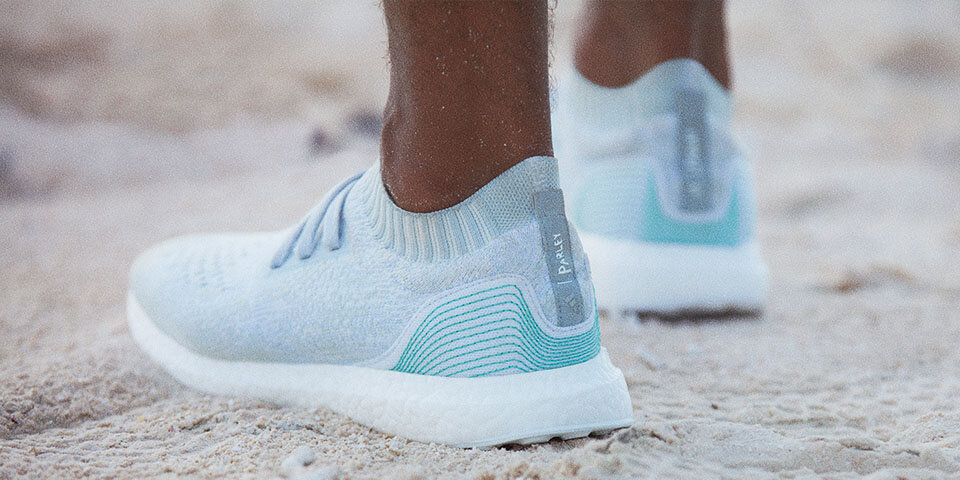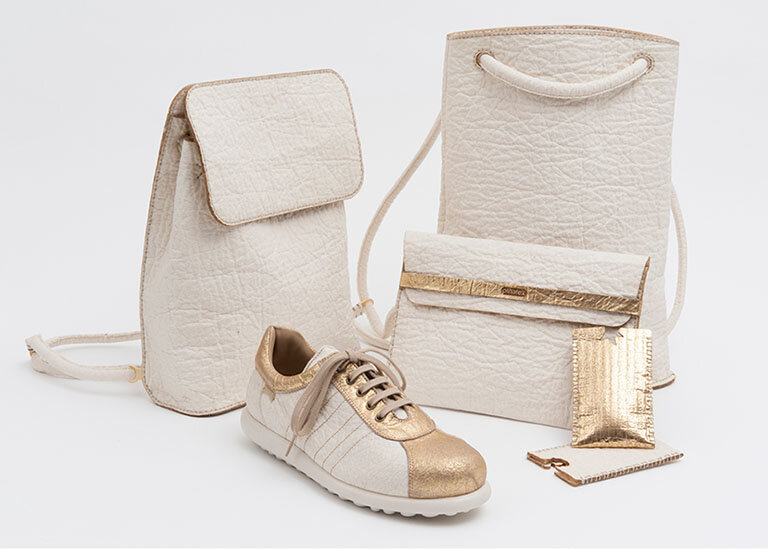Realising the Profit in Sustainable Design
There is a belief that going eco costs the earth, figuratively speaking. Doing the right thing for the future of the planet is something that just costs more to produce. It can be a little more nuanced than this and as consumers become more concerned about the environmental impact of their purchasing habits, companies are responding to this trend and still making money. We have researched this space and identified several great case studies demonstrating that there are multiple ways in which both sustainability and profit goals can be met.
Surveys of Australian consumers had 62% of participants willing to pay more for environmentally friendly or sustainable products, companies are seeing and responding to this demand.
Earth friendly supermarket products, source: money.com
“By identifying an opportunity to be more sustainable, and implementing a reasonable plan of action to accomplish it, companies achieve an authenticity that paid advertising can’t buy.”
Owner of over 400 consumer brands Unilever, saw its eco brands grow 46% faster than the rest of the business, and this growth made up 70% of their turnover growth in 2017. The eco conscience of the consumers is driving the adoption of eco targets within companies, that are realising profits in an expanding eco market.
Sustainable product sales, source: foodbusinessnews.net
So what makes a product eco or sustainable? It can be anything relating to the product and its lifecycle, the material selection and how it is sourced, the packaging method, end of life outcomes, manufacturing methods or kilometres travelled to the end user. It really can be anywhere you choose to look for improvements. Innovations appear in the Eco sector on an almost daily basis ranging from ocean plastic waste being used in shoes, animal free leathers derived from pineapple leaves and the orange juice bar that uses 3D printing technology to repurpose orange peels onsite into the cup for your juice. They showcase the reframing of existing products lifecycles from exciting new sustainability angles. Opportunities for improvements also exist within existing product life cycles and can be found by reflecting on current business models and implementing small changes towards sustainability goals that can provide the eco benefits to consumers, with measurable profits to the business.
Adidas sneakers, pineapple leather, orange juice bar, source (all): dezeen.com
Multinational electronics manufacturers Dell, looked at how they were sourcing their raw materials, they committed to reducing plastic waste from their products in 2014. They increased the percentage of recycled plastic used in their products and sourced it from their own customers through generous recycling programs. They started to close the loop on their material sourcing. Dell also measured the impacts of adopting recycled over virgin material and found that the recycled material not only reduces the companies environmental impact, but the process proved more efficient adding $1.3 million to their bottom line over using virgin material, with the potential to increase their usage of closed loop plastic.
Dell closed loop plastics, source: resource-recycling.com






